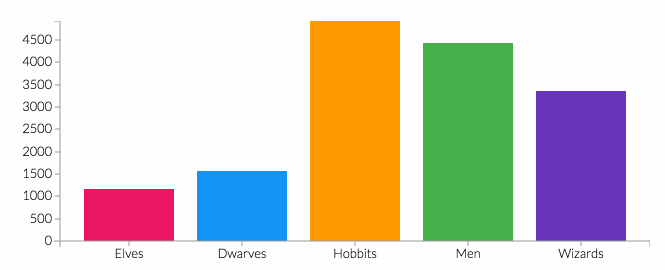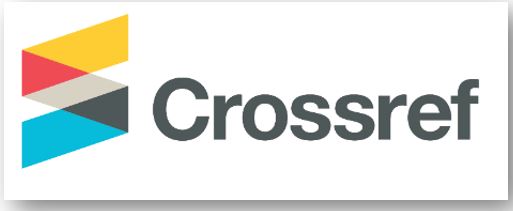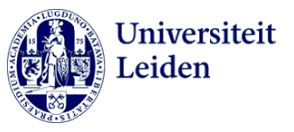Pendampingan Sumber Tanaman Pangan Obat ( Tanobat ) di Desa Cilimus Kecamatan Teluk Pandan Kabupaten Pesawaran Lampung
DOI:
https://doi.org/10.61231/jp2m.v2i2.253Keywords:
Tanobat, Community Empowerment, Stunting Prevention, Traditional Herbal RemediesAbstract
The aim of the service is to provide socialization and implementation of the concept of combining food and medicinal plants in the context of stunting prevention and the use of traditional herbal ingredients. in Cilimus Village. The research method involves outreach and training activities for the community regarding the benefits and use of various plants, such as eggplant to prevent stunting, chilies to enrich dishes, and ginger as a herbal concoction. The results of the service show that Tanobat is able to have a positive impact, both in efforts to prevent stunting through the introduction of eggplant, and in the use of traditional herbal ingredients such as ginger. The people of Cilimus Village are increasingly aware of the added value of food and medicinal plants, and appreciate their traditional herbal heritage. The conclusion is that the introduction of the Tanobat concept can strengthen community empowerment by improving health and welfare through easily accessible food and medicinal plants, as well as maintaining valuable herbal traditions. This effort supports the goals of sustainable development and improving the quality of life of the community
References
Kementerian Kesehatan RI. (2020). Riset Kesehatan Dasar 2018.
Rahayu, S. (2021). Potensi Tanobat dalam Meningkatkan Kesehatan dan Kesejahteraan Masyarakat.
Prosiding Seminar Nasional Teknologi Pertanian Politeknik Negeri Lampung, 37-42. Handayani, T., et al. (2020). Strategi Peningkatan Ketahanan Pangan dan Gizi Menuju Indonesia Sehat 2025. Jurnal Gizi dan Pangan, 15(1), 1-12.
Sudibyo, H., & Indrawati, D. R. (2018). Kajian Potensi Tanaman Pangan dan Obat dalam Pemberdayaan Masyarakat. Jurnal Pengabdian kepada Masyarakat, 3(1), 1-10.
Mubarok, H. (2019). Tanobat: Revitalisasi Kearifan Lokal dalam Menumbuhkan Kemandirian Pangan dan Kesehatan. Jurnal Pengabdian kepada Masyarakat, 4(2), 83-92..
Simbo, D. J. (2010). An Ethnobotanical Survey of Medicinal Plants in Babungo, Northwest Region, Cameroon. Journal of Ethnobiology and Ethnomedicine, 6(1), 8.
Patil, R. A., et al. (2019). Ethno-botanical Study of Wild Edible Plants from Southern Maharashtra, India. Plant Archives, 19(2), 1785-1789.
Handayani, T., et al. (2020). Strategi Peningkatan Ketahanan Pangan dan Gizi Menuju Indonesia Sehat 2025. Jurnal Gizi dan Pangan, 15(1), 1-12.
Kuhnlein, H. V., et al. (2009). Wild Foods of Aboriginal Peoples of North America. Food and Nutrition
Bulletin, 30(2_suppl2), S24-S82.
Akhtar, S., et al. Traditional Uses of Medicinal Plants Used by Indigenous Communities for Veterinary
Practices at Bajaur Agency, Pakistan. Journal of Ethnobiology and Ethnomedicine, 2019. Johns, T., et al. Biodiversity and Health: Lessons and Recommendations from Indigenous Peoples' Land
Management. BMC Ecology and Society, 2019.
Altieri, M. A. Linking Ecologists and Traditional Farmers in the Search for Sustainable Agriculture. Frontiers in Ecology and the Environment, 2004.
Arnstein, S. R. A Ladder of Citizen Participation in the USA. Journal of the American Institute of Planners, 1969.
World Commission on Environment and Development. Our Common Future (Brundtland Report). Oxford University Press, 1987.
Rogers, E. M. Diffusion of Innovations. Free Press, 2003
Altieri, M. A. Agroecology: The Science of Sustainable Agriculture. Westview Press, 1995.
Lestari, T. (2017). Pembangunan Berkelanjutan di Indonesia: Tantangan dan Peluang. Pustaka Pelajar. Sulistyo, H. (2018). Pembangunan Sosial: Pendekatan Teoritis dan Konsep Penerapan di Indonesia. Kencana Prenada Media Group.
Supriyanto, B. (2019). Ekonomi Hijau: Konsep dan Implementasi di Indonesia. Yayasan Pustaka Obor Indonesia.
Yuliani, R. (2020). "Peran Masyarakat Sipil dalam Pelestarian Lingkungan di Indonesia." Jurnal Lingkungan dan Pembangunan, 5(2), 187-19
Downloads
Published
How to Cite
Issue
Section
License
Copyright (c) 2024 Gustika Nurmalia, Bry Bima Bittaqwa, Novi Nur Azizah

This work is licensed under a Creative Commons Attribution 4.0 International License.
You are free to:
- Share — copy and redistribute the material in any medium or format for any purpose, even commercially.
- Adapt — remix, transform, and build upon the material for any purpose, even commercially.
- The licensor cannot revoke these freedoms as long as you follow the license terms.
Under the following terms:
- Attribution — You must give appropriate credit , provide a link to the license, and indicate if changes were made . You may do so in any reasonable manner, but not in any way that suggests the licensor endorses you or your use.
- No additional restrictions — You may not apply legal terms or technological measures that legally restrict others from doing anything the license permits.
Notices:
You do not have to comply with the license for elements of the material in the public domain or where your use is permitted by an applicable exception or limitation .
No warranties are given. The license may not give you all of the permissions necessary for your intended use. For example, other rights such as publicity, privacy, or moral rights may limit how you use the material.


















